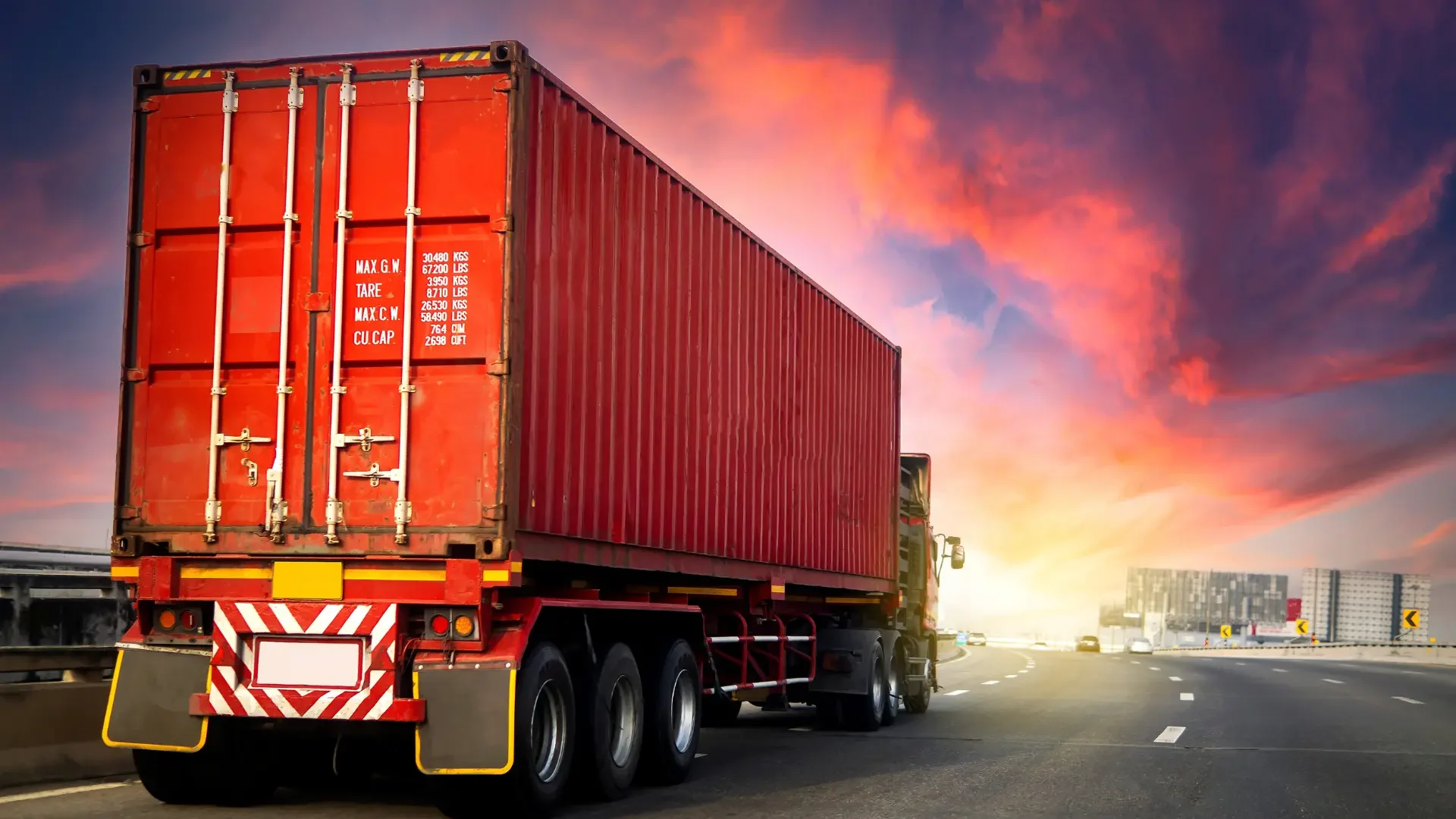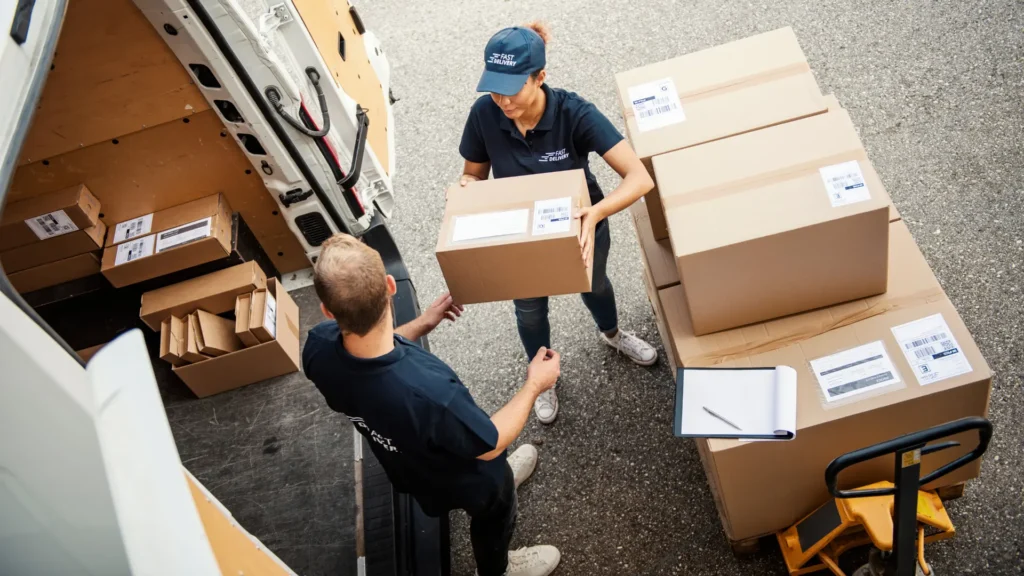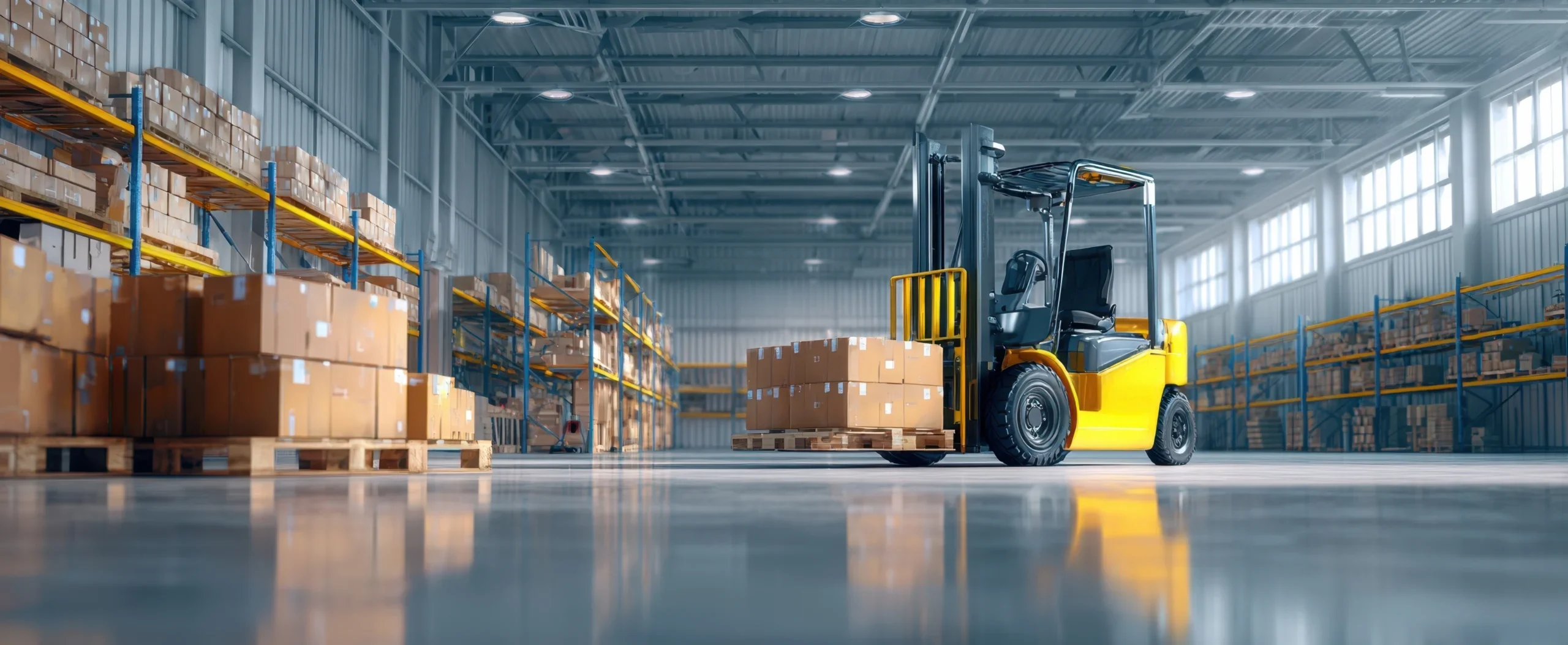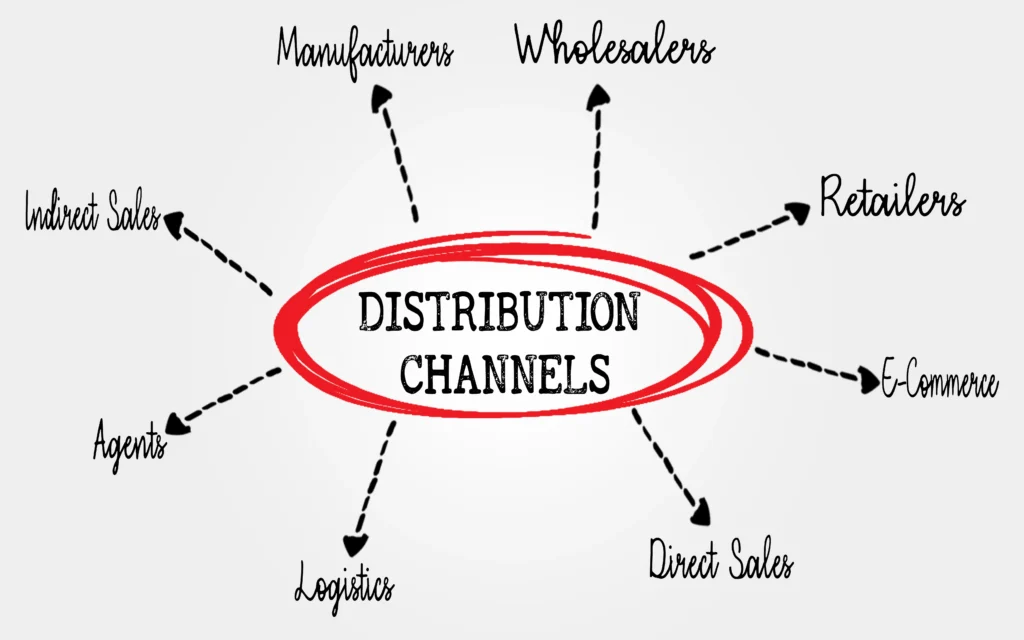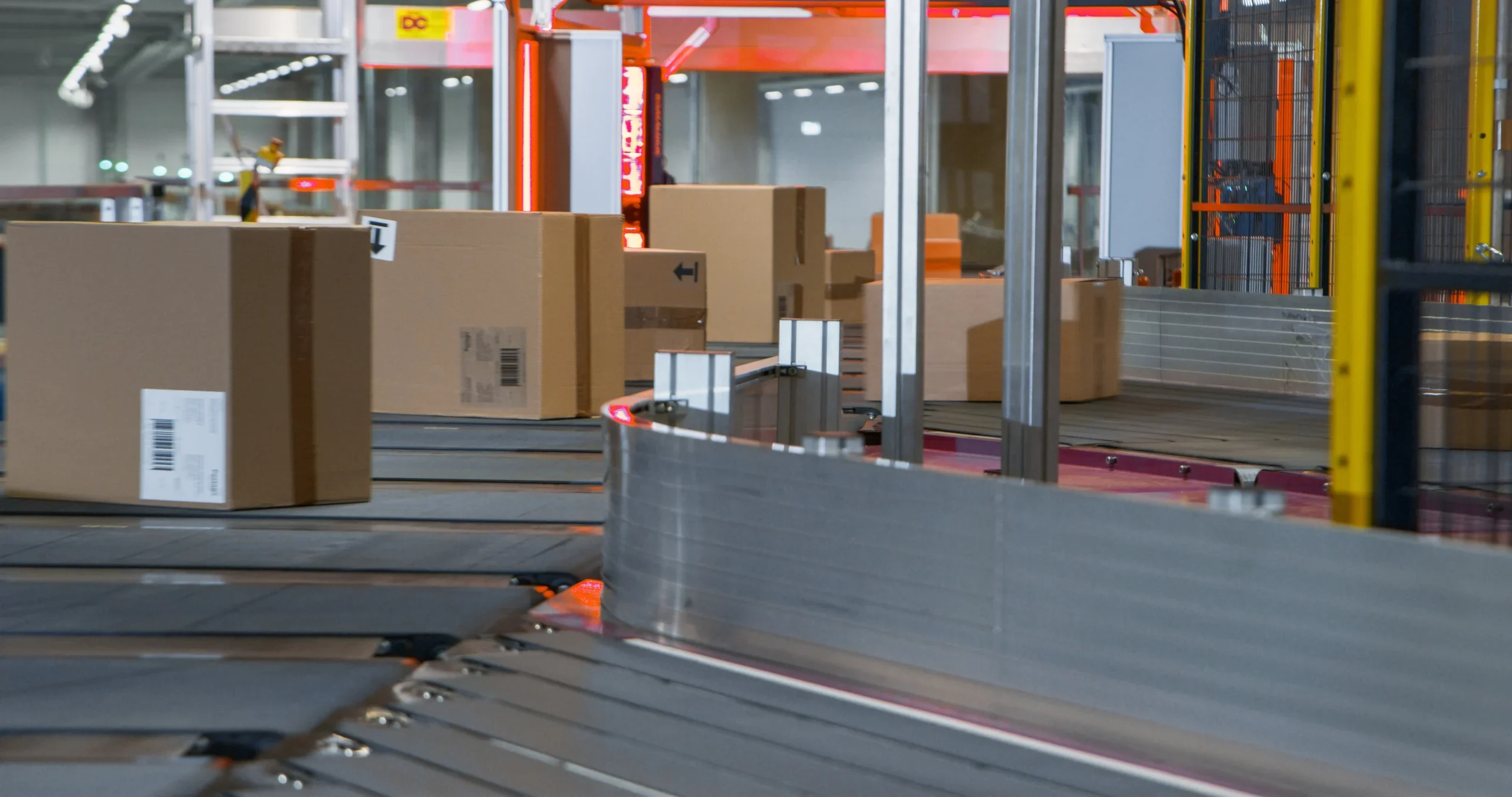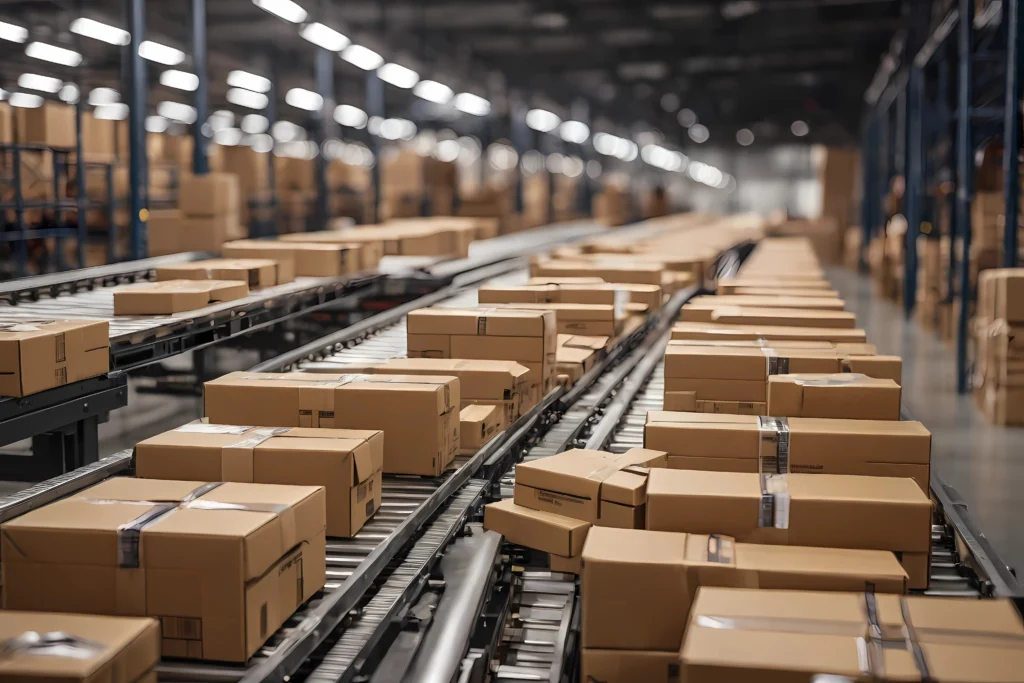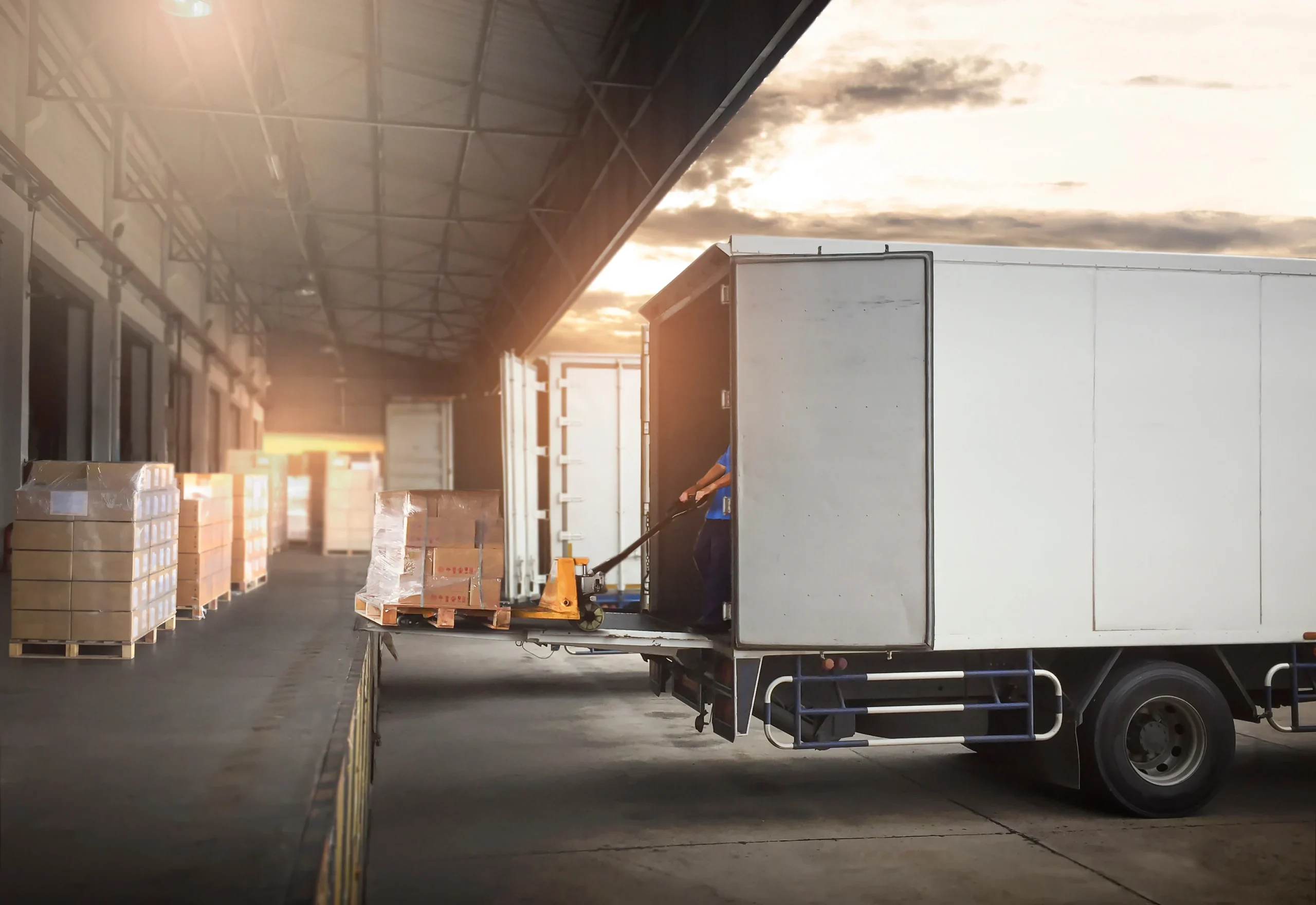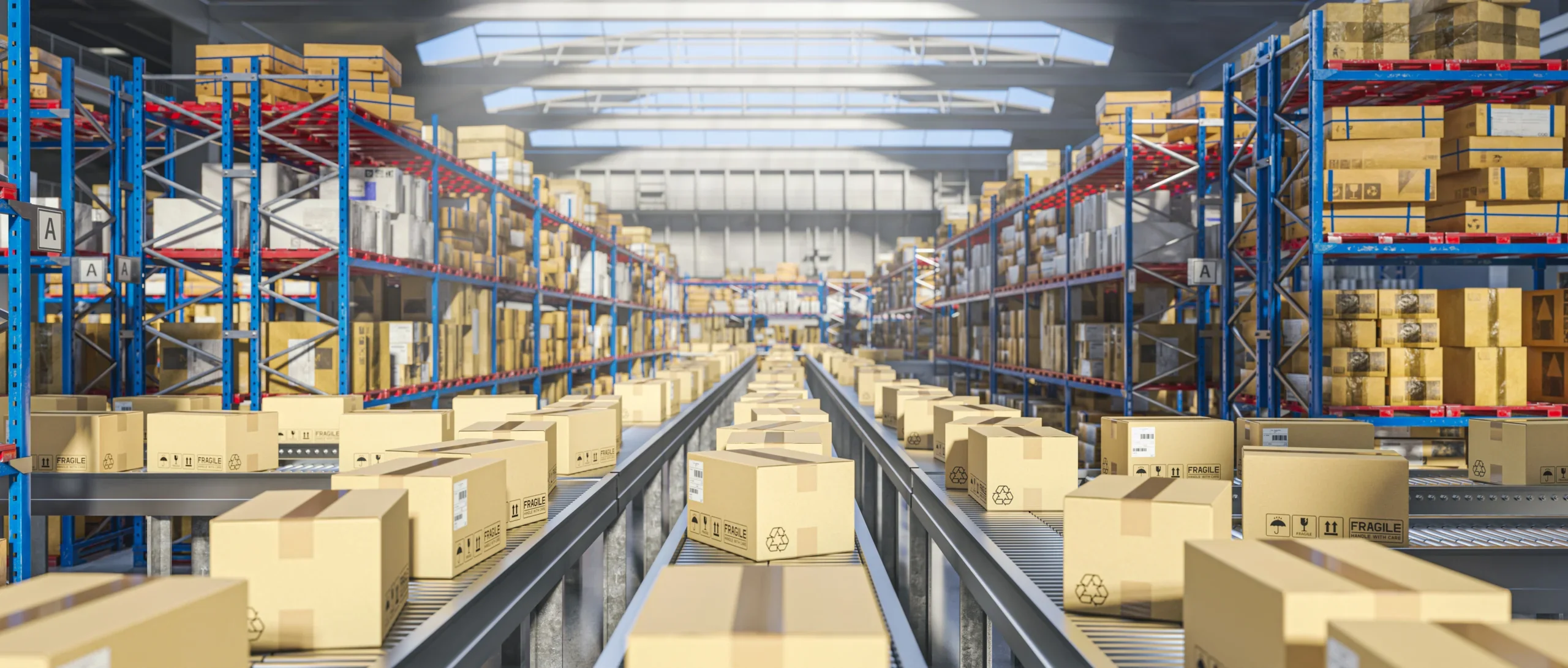Why More Importers Are Choosing TEU Global for End-to-End Distribution — 7 Powerful Reasons
In today’s unpredictable logistics environment, importers across the U.S. and Canada are rethinking how they manage distribution. Instead of juggling multiple vendors for drayage, warehousing, fulfillment, and final delivery, more companies are choosing TEU Global for complete end-to-end distribution solutions that simplify operations and reduce costs.
Below are the seven biggest reasons why TEU Global has become the preferred partner for importers who need reliability, transparency, and smooth operations from port to final destination.
1. The Rising Need for True End-to-End Distribution
The logistics world has changed dramatically. Importers now face port congestion, fluctuating trucking capacity, rising warehouse fees, and fast customer delivery expectations. Managing separate providers for each step of the journey leads to delays, miscommunication, and added costs.
End-to-end distribution solves this problem by giving importers one partner, one process, and one flow of communication. TEU Global integrates all major logistics functions, creating a smoother, more predictable supply chain.
Many importers choose TEU Global because the company controls the entire process, not just pieces of it. That means fewer handoffs, fewer surprises, and far fewer costly errors.
2. TEU Global’s Fully Integrated Distribution Model
Instead of working with separate companies for port drayage, warehousing, and fulfillment, TEU Global provides a connected distribution system. This unified model eliminates inefficiencies that usually occur when different vendors depend on each other’s schedules.
What this integration means for importers:
- Faster port-to-warehouse movement
- Lower drayage and storage charges
- Better warehouse appointment coordination
- Fewer delays caused by miscommunication
- Clear accountability from start to finish
When one logistics partner manages everything, cargo moves faster and operations run smoother.
3. Real-Time Visibility and Modern Tracking Tools
Visibility is no longer optional—it’s essential. Importers need to know exactly where their freight is, when it will be available, and what risks may impact delivery timelines.
TEU Global offers real-time tracking from port arrival to final delivery, supported by automated notifications and milestone updates. Importers gain:
- Live container availability information
- Real-time warehouse receiving data
- Scannable SKU-level inventory tracking
- Instant updates on outbound orders
This level of transparency empowers companies to plan inventory better, avoid stockouts, and reduce the need for excess safety stock.
4. Strategic Warehouse & Fulfillment Network
Placement matters. TEU Global operates in strategically located logistics hubs across the U.S. and Canada, allowing importers to keep costs low and speed up distribution.
Their warehouses handle:
- Container destuffing
- Transloading
- Palletizing
- Order fulfillment
- Long-term and short-term storage
Because TEU Global coordinates drayage and warehouse scheduling internally, shipments don’t sit waiting for space or appointments. Everything moves according to a planned, efficient timeline.
Importers especially appreciate TEU Global’s accuracy-focused warehouse processes—every carton is scanned, verified, and tracked. This dramatically reduces inventory errors, backorders, and customer service issues.

5. Customized Logistics Solutions for Every Industry
No two supply chains are identical. A furniture importer, for example, has very different needs compared to an e-commerce brand selling small parcels.
TEU Global customizes distribution solutions based on each importer’s product type, market, and customer expectations. Their teams analyze:
- SKU size and handling requirements
- Import volume
- Seasonal peaks
- Transit-time goals
- Storage needs
- Final delivery method
This flexibility helps importers scale faster, maintain predictable delivery speeds, and avoid the “one-size-fits-all” limitations of traditional freight forwarders.
6. Lower Costs Through Intelligent Supply Chain Optimization
Every importer knows how quickly small delays can turn into big expenses—detention, demurrage, storage overflow, missed appointments, and rushed deliveries all add up.
TEU Global reduces these costs by:
- Minimizing vendor handoffs
- Coordinating all stages internally
- Reducing waiting time at ports and warehouses
- Forecasting capacity needs in advance
- Matching distribution plans with inventory cycles
The result is a supply chain that moves quickly and efficiently, without the hidden fees that plague most import operations.
7. Experience, Reliability, and a Client-First Approach
In logistics, experience matters. TEU Global brings years of hands-on expertise in international shipping, North American warehousing, transloading, and cross-border operations.
Importers consistently highlight TEU Global’s:
- Fast communication
- Proactive updates
- Honest problem-solving
- Long-term partnership mindset
The company comprises professional expertise with a personal, relationship-driven approach. When challenges arise—and they always do in logistics—TEU Global steps in early, communicates clearly, and finds solutions before issues grow.
This trust-based model is one of the main reasons importers stay with TEU Global for years, not months.
Conclusion: Why Importers Are Making the Switch
As global supply chains become more complicated, importers need simplicity—not more fragmentation. TEU Global delivers that simplicity through:
- Full end-to-end distribution
- Real-time visibility
- Strategic warehouse networks
- Customized solutions
- Reliable, experienced teams
For companies looking to scale, improve delivery speed, reduce logistics costs, or gain better control over their supply chain, TEU Global has become the clear choice.

